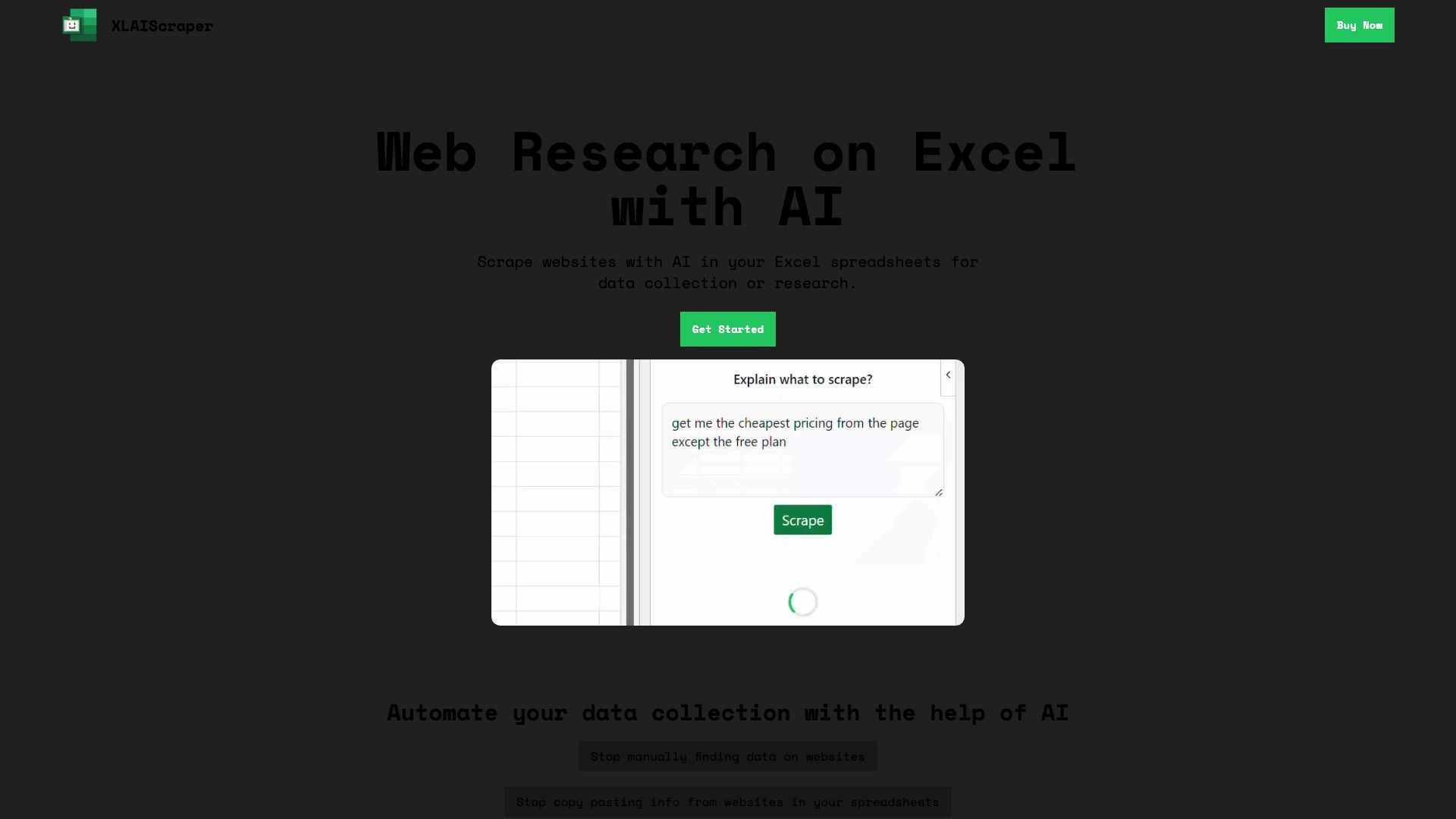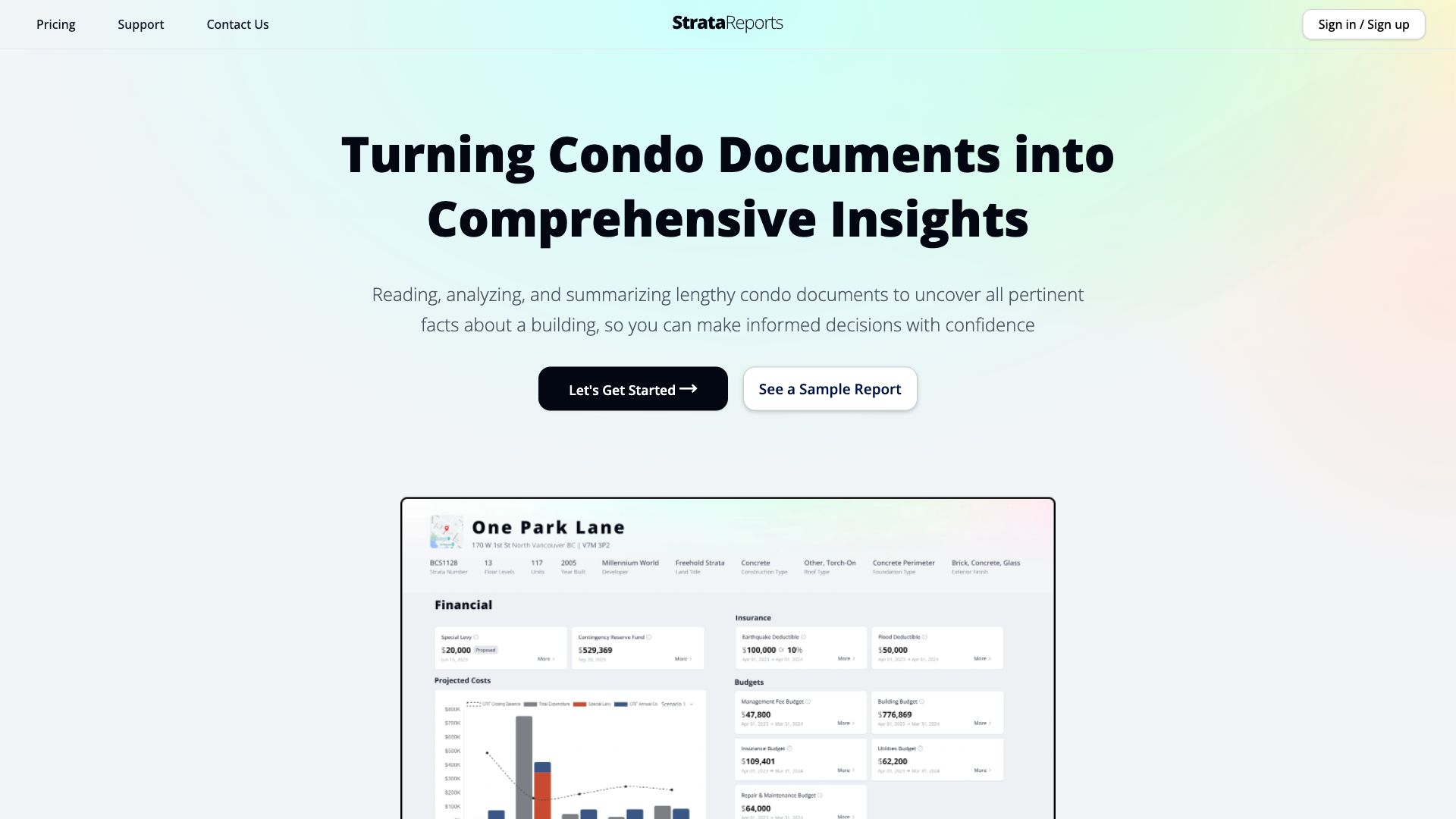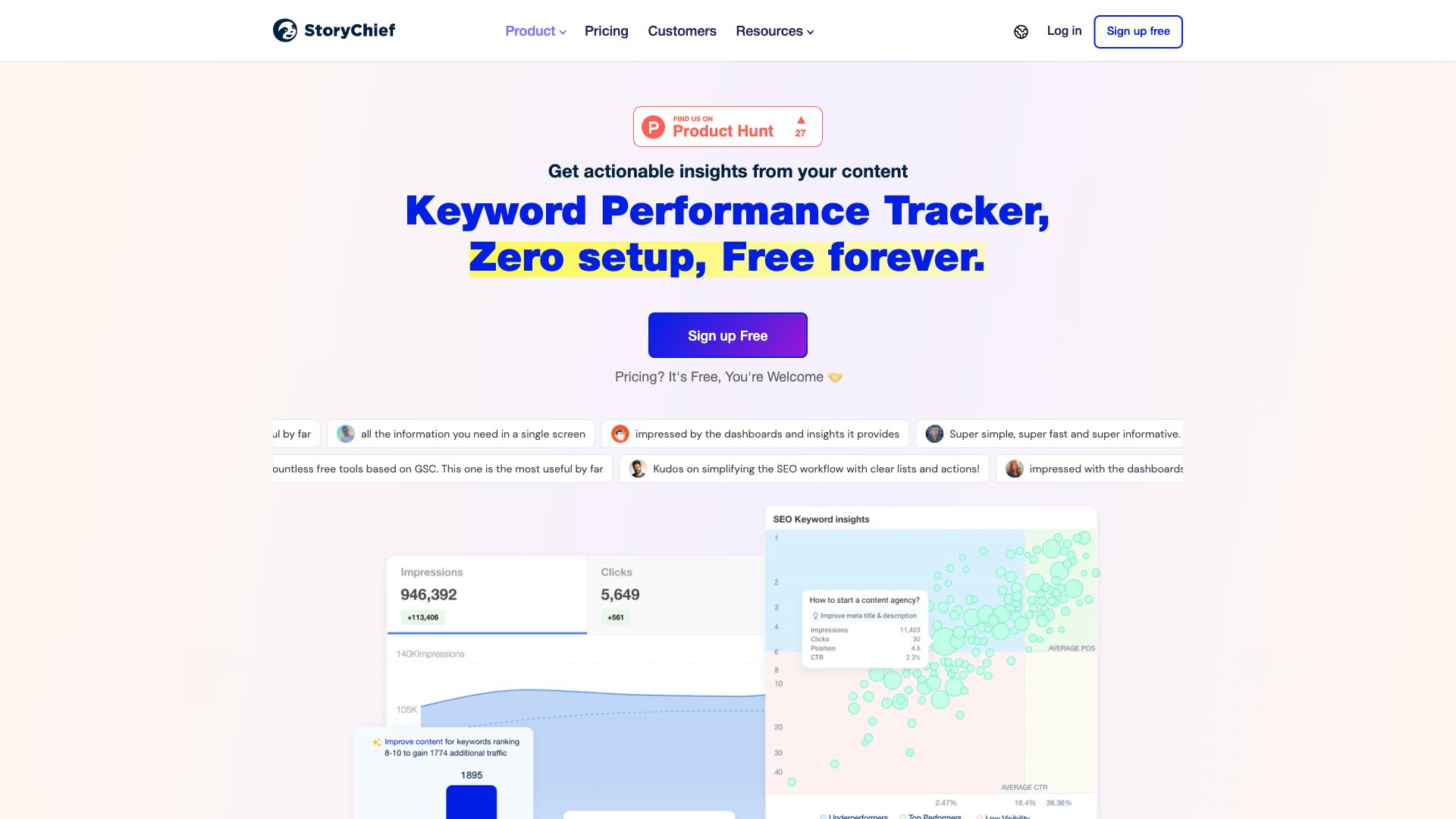Awesome Report Writing Tools in 2024
Discover the awesome 4 AI tools for 2024 By Candytools
AI based web scraper for Excel
Personalized AI Tutor
Strata Reports Canada provides fast and reliable access to strata documents for property buyers, sellers, and real estate professionals. Order your strata reports online today!
Track your content marketing performance with StoryChief. Our analytics and reporting tools provide actionable insights to optimize your strategy and demonstrate ROI. Try it free!
More AI Tools Categories
What is Report Writing?
Report Writing: A Comprehensive Overview
Report writing is a formal style of writing used to convey information about a specific topic in a clear, concise, and structured manner. It involves collecting and analyzing data, drawing conclusions, and presenting findings in a way that is accessible and informative to the intended audience.
Key Characteristics of Report Writing:
- Formal tone and style: Avoid slang, colloquialisms, and personal opinions.
- Objectivity: Focus on facts and evidence, avoiding biases and subjective interpretations.
- Structure: Follow a specific format, including headings, subheadings, and a logical flow of information.
- Accuracy: Ensure all information is accurate, verified, and supported by evidence.
- Clarity and Conciseness: Use clear and concise language, avoiding jargon and unnecessary complexity.
- Purpose-driven: Each report has a specific objective, guiding the content and analysis.
Types of Reports:
Reports can be categorized based on various factors, including:
- Purpose:
- Informational reports present factual information without analysis or recommendations.
- Analytical reports analyze data, draw conclusions, and often provide recommendations.
- Persuasive reports aim to convince the audience to take a specific course of action.
- Audience:
- Internal reports are written for individuals within an organization.
- External reports are written for audiences outside the organization.
- Frequency:
- Periodic reports are produced at regular intervals (e.g., monthly, quarterly).
- Special reports address specific events or issues on an ad-hoc basis.
The Report Writing Process:
- Define the Purpose and Scope: Clearly identify the report's objective and the information it needs to cover.
- Gather Information: Collect relevant data through research, surveys, interviews, or experiments.
- Analyze Data: Interpret the collected data, identifying trends, patterns, and significant findings.
- Structure the Report: Organize the information logically using headings, subheadings, and a clear flow of ideas.
- Write the Report: Use formal language, accurate data, and a clear and concise writing style.
- Revise and Edit: Carefully proofread for errors in grammar, spelling, and clarity.
Common Report Sections:
- Title Page: Includes the report title, author, date, and organization.
- Table of Contents: Lists the report's sections and their corresponding page numbers.
- Executive Summary: Provides a concise overview of the report's key findings and recommendations.
- Introduction: Introduces the report's topic, purpose, and scope.
- Body: Presents the main findings, analysis, and discussion of the topic.
- Conclusion: Summarizes the key takeaways and reinforces the report's main points.
- Recommendations: Offers suggestions for actions based on the findings.
- References: Lists all sources cited in the report.
- Appendices: Includes supplementary materials, such as tables, charts, and raw data.
Tips for Effective Report Writing:
- Use a professional tone.
- Be concise and to the point.
- Support your claims with evidence.
- Use visuals to enhance understanding.
- Proofread carefully for errors.
- Seek feedback from others.
By following these principles, you can produce clear, informative, and impactful reports that effectively communicate your findings and contribute to informed decision-making.



